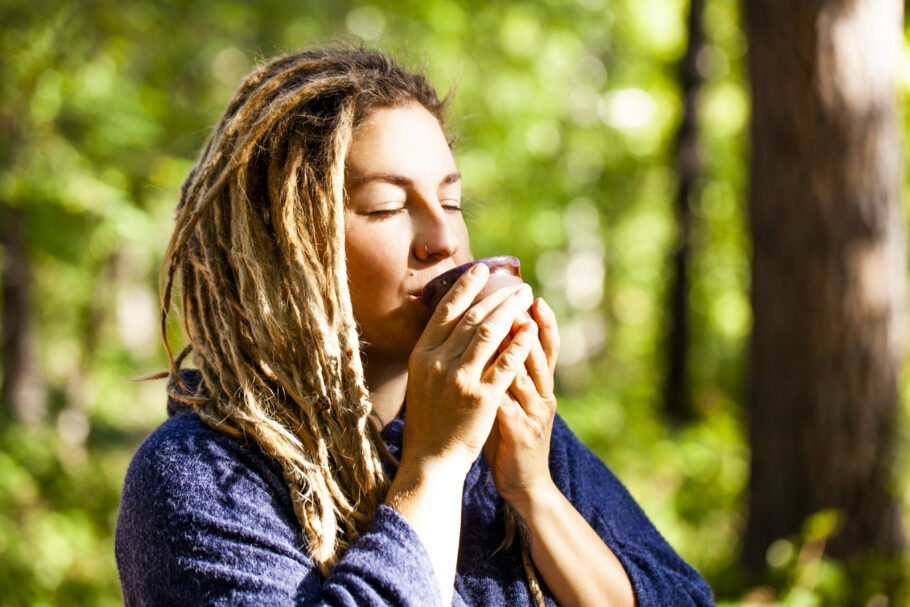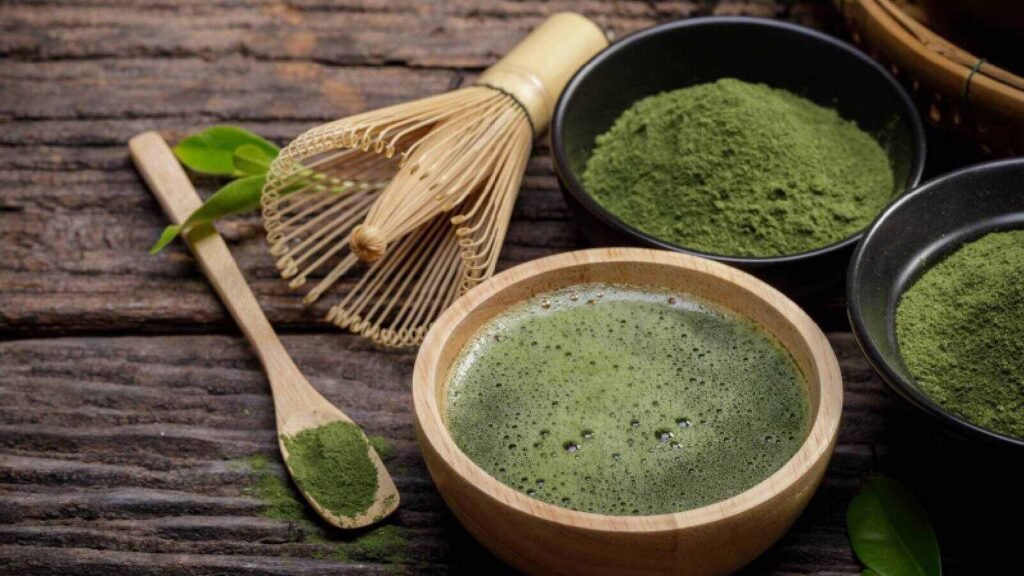Ayahuasca: A Journey Through History, Origins, Benefits, Practice, and Ceremony
In the realm of wellness and personal growth, few substances have captured the imagination and interest of seekers quite like ayahuasca. This ancient psychoactive brew, deeply rooted in the indigenous cultures of South America, has gained significant attention in recent years for its potential therapeutic benefits and profound spiritual experiences. In this comprehensive exploration, we’ll delve into the history, origins, benefits, practice, and ceremony of ayahuasca, providing you with a detailed understanding of this enigmatic plant medicine.
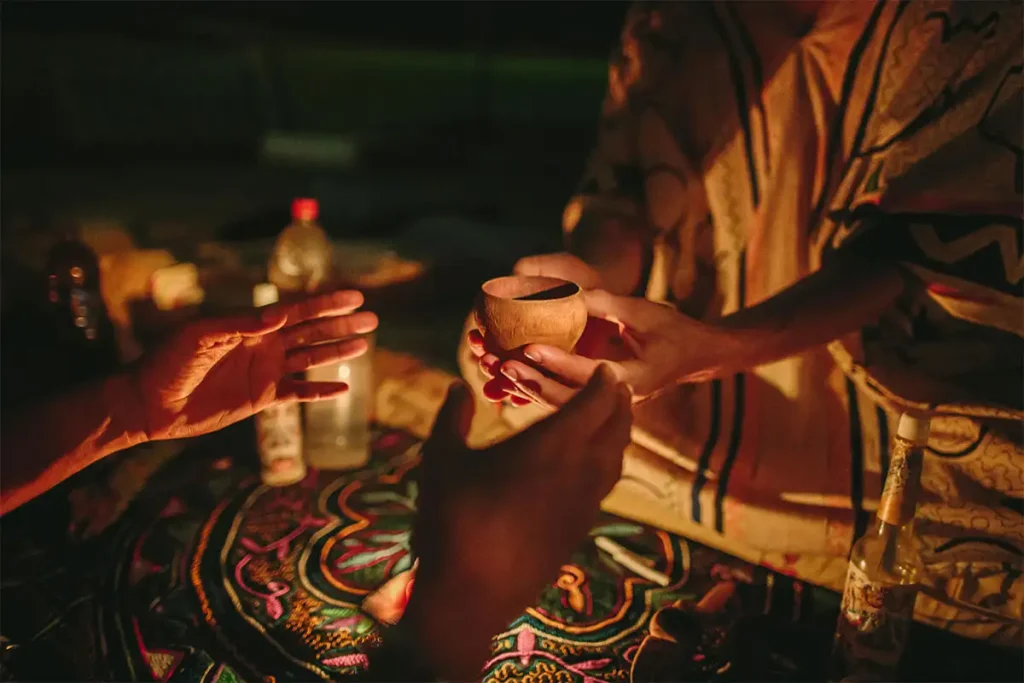
What is Ayahuasca?
Ayahuasca is a powerful psychedelic brew that has been used for centuries by indigenous groups in the Amazon Basin for spiritual and medicinal purposes. The word “ayahuasca” comes from the Quechua language, where “aya” means spirit or soul, and “huasca” means vine, thus giving it the poetic name “vine of the soul.”This brown-reddish drink is typically made by combining two main ingredients:
1. The Banisteriopsis caapi vine, which contains monoamine oxidase inhibitors (MAOIs)
2. The leaves of the Psychotria viridis shrub, which contain the potent psychedelic compound dimethyltryptamine (DMT)
When combined, these plants create a powerful psychoactive brew that can induce intense hallucinations, profound introspection, and what many describe as life-changing spiritual experiences.
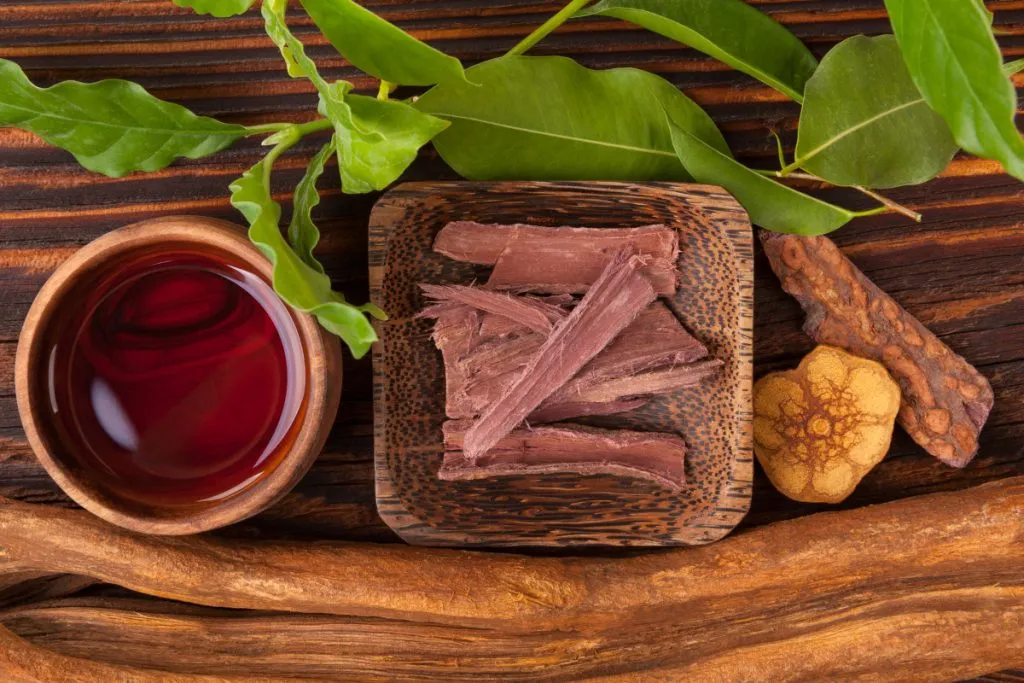
History and Origins
The use of ayahuasca can be traced back thousands of years to the indigenous cultures of the Amazon Basin. Archaeological evidence suggests that its use may date back as far as 1000 BCE, making it one of the oldest known psychedelic substances used by humans. Traditionally, ayahuasca was used by shamans and healers in various indigenous groups for:
✔ Divination
✔ Healing rituals
✔ Spiritual ceremonies
✔ Rites of passage
The brew played a crucial role in the spiritual and medicinal practices of these cultures, serving as a bridge between the physical and spiritual worlds. In the 20th century, ayahuasca began to spread beyond its traditional confines. The formation of syncretic religious movements like Santo Daime and União do Vegetal in Brazil in the 1930s and 1960s, respectively, brought ayahuasca into a more modern context. These groups incorporated the use of ayahuasca into their religious practices, blending indigenous traditions with Christian elements.
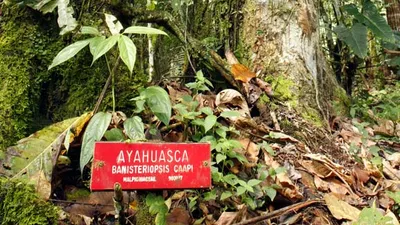
The Ayahuasca Experience
The effects of ayahuasca can vary greatly from person to person and even from one ceremony to another. However, some common experiences reported by users include:
1. Intense visual and auditory hallucinations
2. Profound introspection and self-reflection
3. Emotional release and catharsis
4. Altered sense of time and space
5. Out-of-body experiences
6. Encounters with spiritual entities or deceased loved ones
7. A sense of interconnectedness with nature and the universe
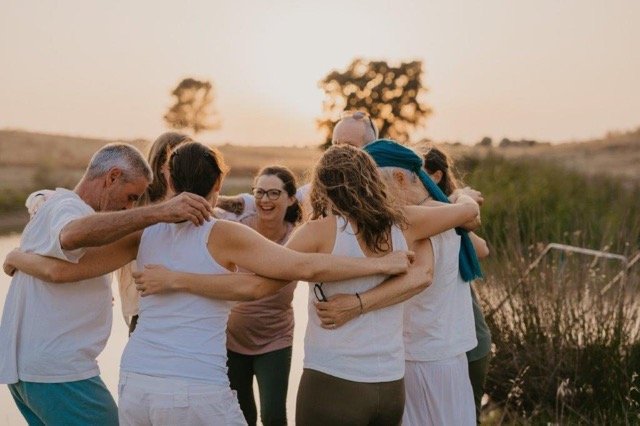
It’s important to note that the ayahuasca experience is not always pleasant. Many users report challenging experiences, often referred to as “la purga” (the purge), which can involve intense physical discomfort, including nausea, vomiting, and diarrhea. This purging process is often viewed as a necessary part of the healing experience, both physically and metaphorically cleansing the body and mind.
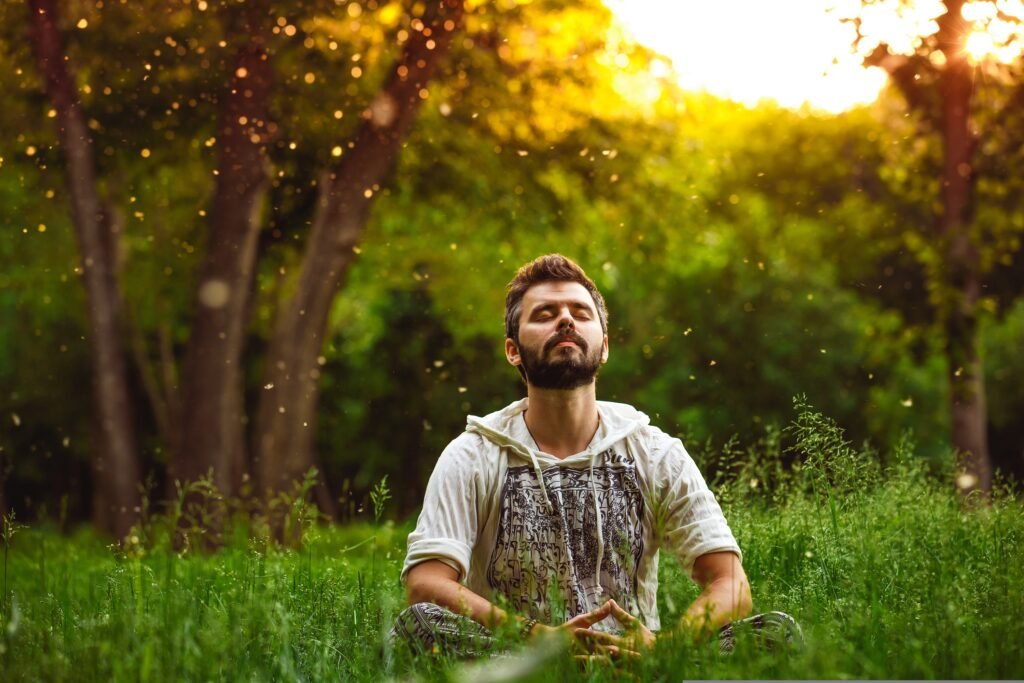
Ego death during Ayahuasca ceremony
Many practitioners want to try the Ayahuasca to reach the ego death experience
Ego death during Ayahuasca ceremonies typically manifests within a specific cultural and ritual context. The ceremonial setting, often led by a shaman, provides a supportive environment that encourages participants to surrender to the experience. The use of icaros (sacred songs) and other ritualistic elements guides participants through their journey and facilitates the process of ego dissolution. During the ceremony, individuals may experience:
✔ A profound dissolution of self, where they lose their sense of identity, beliefs, and personal narratives
✔ A feeling of oneness with the universe or connection with a larger consciousness
✔ A sense of timelessness and breakdown of boundaries between themselves and the environment
✔ A wide range of emotions, from fear and anxiety to awe and bliss
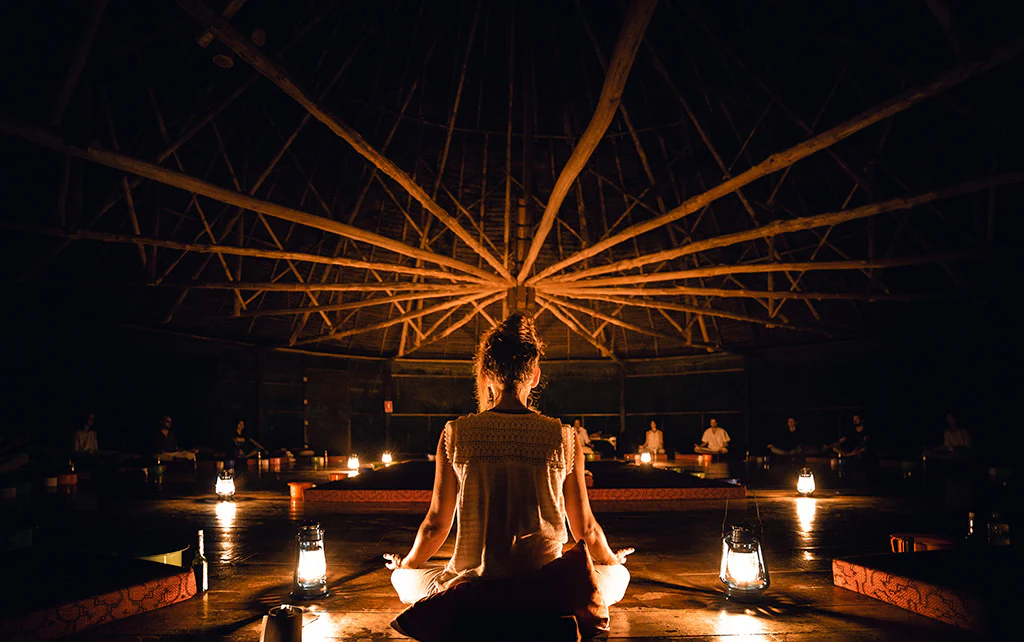
Benefits of Ayahuasca
While scientific research on ayahuasca is still in its early stages, numerous studies and anecdotal reports suggest a wide range of potential benefits:
Mental Health
Several small studies have shown promising results in the treatment of various mental health conditions:
✔ Depression: A 2015 study published in the Journal of Psychopharmacology found that a single ayahuasca session led to rapid and sustained antidepressant effects in patients with recurrent depression.
✔ Anxiety: Research has indicated that ayahuasca may help reduce symptoms of anxiety, particularly in individuals with treatment-resistant anxiety disorders.
✔ Post-Traumatic Stress Disorder (PTSD): Some studies suggest that ayahuasca could be beneficial in treating PTSD, with participants reporting significant improvements in symptoms after ayahuasca ceremonies.
✔ Substance Use Disorders: Preliminary research indicates that ayahuasca may be effective in treating addiction, with some studies showing reduced substance use and cravings following ayahuasca-assisted therapy.
Personal Growth and Spiritual Development
Many users report profound personal growth and spiritual experiences after participating in ayahuasca ceremonies:
✔ Increased self-awareness and introspection
✔ Enhanced creativity and problem-solving abilities
✔ Greater sense of life purpose and meaning
✔ Improved relationships and empathy
✔ Heightened spiritual awareness and connection
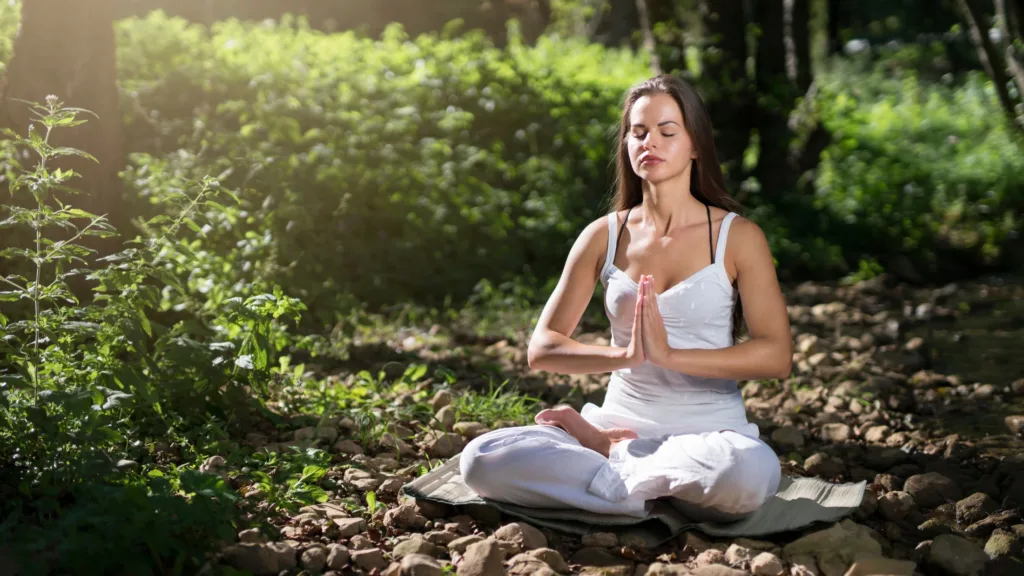
Neurological Effects
Recent neuroimaging studies have shown that ayahuasca can induce significant changes in brain activity:
✔ Increased connectivity between different brain regions
✔ Enhanced neuroplasticity, potentially facilitating the formation of new neural connections
✔ Activation of areas associated with memory, emotion, and introspection
It’s important to note that while these potential benefits are promising, more rigorous scientific research is needed to fully understand the effects and therapeutic potential of ayahuasca.

Ayahuasca Practice and Ceremony
Traditionally, ayahuasca is consumed in a ceremonial context under the guidance of an experienced shaman or facilitator. These ceremonies typically take place at night and can last several hours.
Here’s what you might expect in a traditional ayahuasca ceremony:
1. Preparation: Participants often follow a special diet (dieta) for days or weeks before the ceremony, avoiding certain foods, alcohol, and sexual activity.
2. Setting: Ceremonies usually take place in a quiet, natural setting, often in a circular structure called a maloca.
3. Opening the Ceremony: The shaman or facilitator opens the ceremony with prayers, songs (icaros), and rituals to create a sacred space.
4. Drinking the Brew: Participants drink a small cup of ayahuasca, typically waiting 30-60 minutes for effects to begin.
5. The Journey: As the effects take hold, participants may experience visions, intense emotions, and physical sensations. The shaman may sing icaros throughout the night to guide the experience.
6. Integration: After the ceremony, participants often spend time reflecting on their experiences and discussing them with the shaman or group.
7. Closing: The ceremony is typically closed with more prayers and expressions of gratitude.
It’s worth noting that the ayahuasca experience can be intense and challenging. Many people report spending time in a fetal position, experiencing strong emotions, or confronting difficult personal issues during the ceremony.
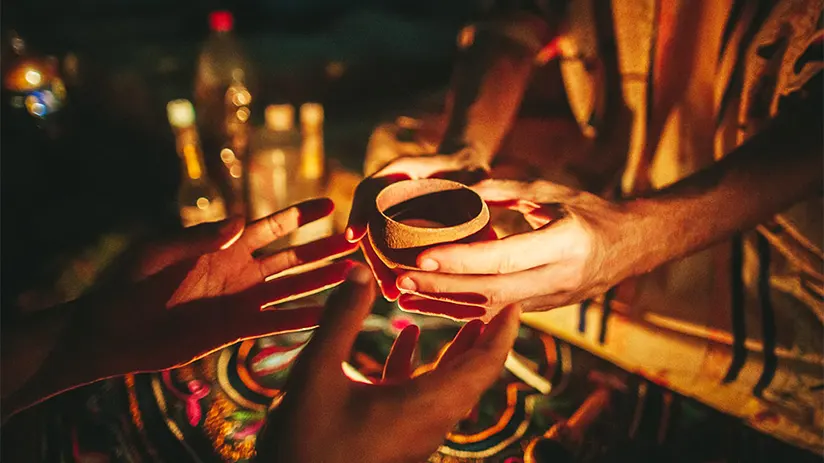
The Ayahuasca Ceremony: A Comprehensive Guide
Preparation Phase
The journey of an Ayahuasca ceremony begins long before the actual event. Proper preparation is crucial for ensuring a safe and meaningful experience.
1. Setting Intentions
Participants are encouraged to set clear intentions for their Ayahuasca journey. This process involves deep reflection on personal goals, areas of healing, or spiritual insights they hope to gain. Setting intentions helps focus the mind and can guide the experience towards specific areas of personal growth or healing.
2. Dietary and Behavioral Guidelines
A crucial aspect of preparation is following specific dietary and behavioral guidelines, known as the “dieta”. This typically involves:
✔ Avoiding foods high in tyramine, such as aged cheeses and fermented foods, due to potential interactions with Ayahuasca’s MAO-inhibiting properties .
✔ Abstaining from alcohol, caffeine, and recreational drugs.
Following a plant-based diet, avoiding processed foods, salt, sugar, and animal products .
✔ Practicing sexual abstinence to conserve spiritual energy.
These restrictions are typically observed for 1-2 weeks before the ceremony to cleanse the body and mind, preparing them for the Ayahuasca experience.

3. Mental and Spiritual Preparation
Participants are encouraged to engage in mindfulness practices such as meditation or yoga to calm the mind and prepare spiritually. This mental preparation helps create a receptive state for the insights and experiences that may arise during the ceremony.
4. Medical Considerations
It’s crucial for participants to consult healthcare professionals, especially if they are on medications like antidepressants, which can interact dangerously with Ayahuasca . This step ensures that participants are physically ready for the experience and minimizes potential health risks.
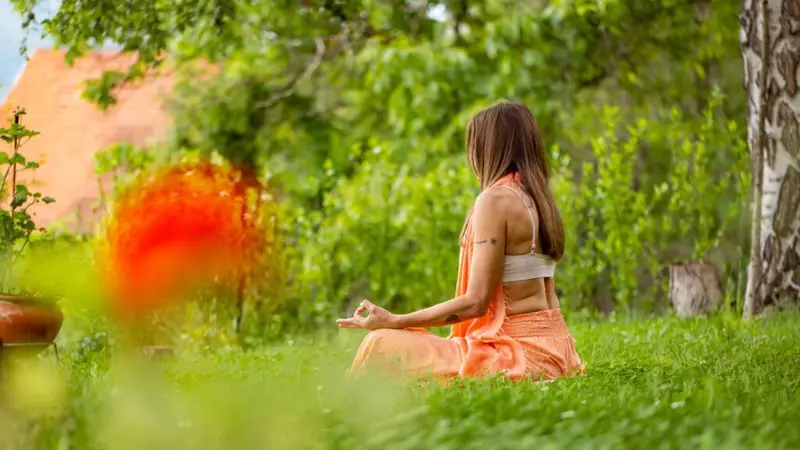
The Ceremony
1. Setting and Environment
Traditionally, Ayahuasca ceremonies are held in the Amazon rainforest in a Maloka, an open structure that provides a sacred space for the ceremony. Modern adaptations may take place in retreat centers or other carefully prepared environments. The setting is crucial as it fosters a connection with nature and the spiritual world.
2. Role of the Shaman
A Shaman or curandero leads the ceremony, playing a vital role in creating a safe and sacred space. The Shaman’s responsibilities include:
✔ Preparing and blessing the ceremonial space.
✔ Brewing the Ayahuasca, which involves boiling the Banisteriopsis caapi vine and Psychotria viridis leaves .
✔ Guiding participants through the experience using chants (icaros) and rituals .
✔ Providing spiritual guidance and ensuring the safety of participants.
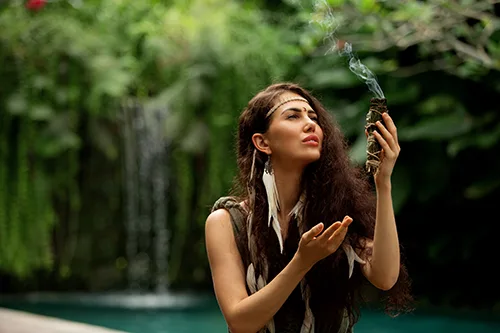
3. Consumption of Ayahuasca
The ceremony typically begins with the consumption of the Ayahuasca brew. The shaman offers the tea to participants, sometimes in multiple doses throughout the night. The brew is known for its bitter taste, and participants are encouraged to focus on their intentions as they consume it.
4. Onset of Effects
Participants begin to feel the effects of Ayahuasca within 20 to 60 minutes after consumption. The experience can last for several hours and is characterized by intense visual and auditory hallucinations, altered states of consciousness, and emotional and spiritual insights.
5. Purging Phase
One of the most distinctive aspects of the Ayahuasca experience is the purging phase. This often involves physical purging through vomiting or diarrhea, which is considered a cleansing process that helps release negative energies and toxins from the body. The purging can also be emotional, involving the release of repressed emotions or traumas.

6. Visionary and Insightful Phase
Following the purging, participants often enter a visionary phase characterized by vivid hallucinations and deep introspective insights. This is where the most profound spiritual and psychological experiences occur, as participants connect with their inner selves and the spiritual realm. The visions can be symbolic and may require interpretation, often providing insights into personal issues or life paths.
7. Energetic and Healing Phase
During this phase, participants may feel energetic shifts within their bodies, manifesting as feelings of lightness, warmth, or tingling sensations. This phase is often accompanied by a sense of peace and emotional release, as participants work through personal issues and traumas.
8. Guidance and Support
Throughout the ceremony, the shaman provides guidance and support, using icaros (sacred songs) and ritual objects to enhance the spiritual energy and help participants navigate their experiences. The shaman’s presence is crucial for ensuring a safe and meaningful journey.

Post-Ceremony Integration
The integration phase is essential for translating the insights gained during the ceremony into meaningful and lasting changes in daily life:
1. Rest and Reflection
Immediately after the ceremony, participants are encouraged to rest and reflect on their experiences. Journaling is often recommended as an effective tool for organizing thoughts and reflecting on the insights gained.
2. Sharing and Community Support
Many ceremonies include a sharing circle where participants can discuss their experiences with others. This provides a sense of community and shared understanding, offering new perspectives and support.
3. Therapeutic Support
Engaging with therapists or counselors who specialize in psychedelic integration can be beneficial. These professionals can help individuals unpack their experiences and provide guidance on applying the insights to their lives.
4. Mindfulness Practices
Incorporating mindfulness practices such as meditation and yoga can help maintain the heightened awareness and emotional clarity gained during the ceremony. These practices support ongoing reflection and self-awareness.
5. Lifestyle Changes
Making positive changes to one’s lifestyle, such as improving diet, exercise, and social interactions, can reinforce the lessons learned during the ceremony. These changes help align daily life with the new perspectives gained.
6. Continued Support
Many participants find value in joining integration circles or support groups that provide a safe space to share experiences and gain new perspectives from others who have undergone similar journeys.
In conclusion, an Ayahuasca ceremony is a profound and multifaceted experience that extends far beyond the actual night of the ceremony. It involves careful preparation, a deeply spiritual and often challenging ceremony, and a crucial integration phase. When approached with respect, intention, and proper guidance, it can be a transformative tool for personal growth, healing, and spiritual development. However, it’s important to note that Ayahuasca ceremonies carry risks and should only be undertaken with experienced facilitators in safe and legal settings.
Ayahuasca Tourism and Modern Use
In recent years, there has been a surge in “ayahuasca tourism,” with people from North America, Europe, and other parts of the world traveling to countries like Peru, Ecuador, and Costa Rica to participate in ayahuasca retreats. This trend has led to the establishment of numerous ayahuasca centers catering to international visitors.
While this increased interest has brought economic opportunities to some indigenous communities, it has also raised concerns about cultural appropriation, environmental sustainability, and the commercialization of sacred practices.In the United States and some other countries, the use of ayahuasca for religious purposes has gained legal protection under laws like the Religious Freedom Restoration Act. However, the legality of ayahuasca remains complex and varies by country and context.
Safety Considerations and Risks
While many people report positive experiences with ayahuasca, it’s crucial to be aware of the potential risks:
1. Medical Contraindications: Ayahuasca can interact dangerously with certain medications, particularly selective serotonin reuptake inhibitors (SSRIs) and other antidepressants, potentially leading to serotonin syndrome.
2. Cardiovascular Effects: Ayahuasca can increase heart rate and blood pressure, which may be risky for individuals with pre-existing heart conditions.
3. Psychological Risks: The intense nature of the ayahuasca experience can be psychologically challenging, potentially exacerbating certain psychiatric disorders.
4. Legal Risks: In many countries, ayahuasca is classified as an illegal substance, and its use, possession, or distribution can carry legal consequences.
5. Unethical Practices: The rise of ayahuasca tourism has led to concerns about unqualified or unethical practitioners taking advantage of vulnerable individuals.
It’s essential for anyone considering ayahuasca to thoroughly research the practice, consult with healthcare professionals, and choose reputable, experienced facilitators if they decide to participate in a ceremony.
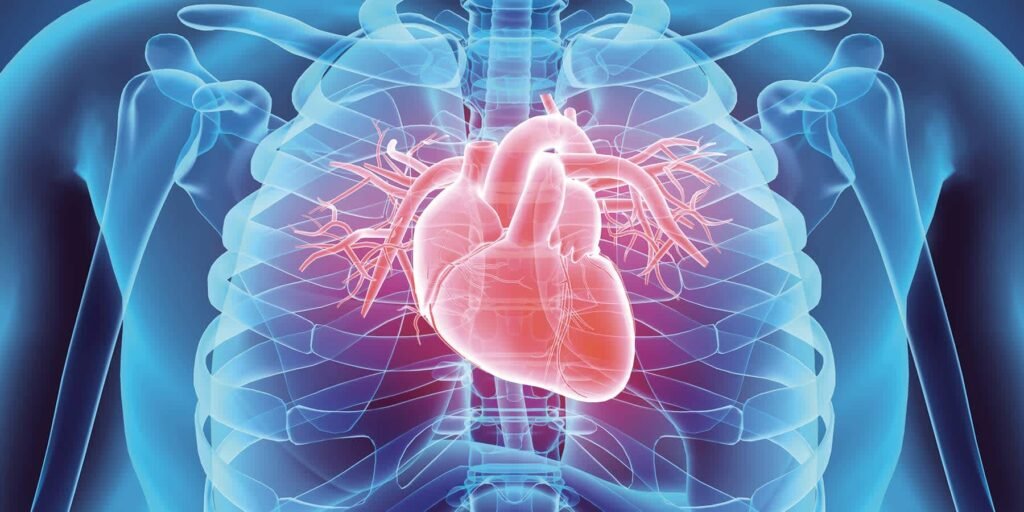
The Future of Ayahuasca Research
As interest in psychedelic medicine grows, ayahuasca is increasingly becoming a subject of scientific study. Ongoing and future research areas include:
✔ Clinical trials for various mental health conditions
✔ Neuroimaging studies to better understand ayahuasca’s effects on the human brain
✔ Investigation of ayahuasca’s potential in treating substance use disorders
✔ Exploration of the long-term effects of ayahuasca use
✔ Studies on the ecological and cultural impact of ayahuasca tourism
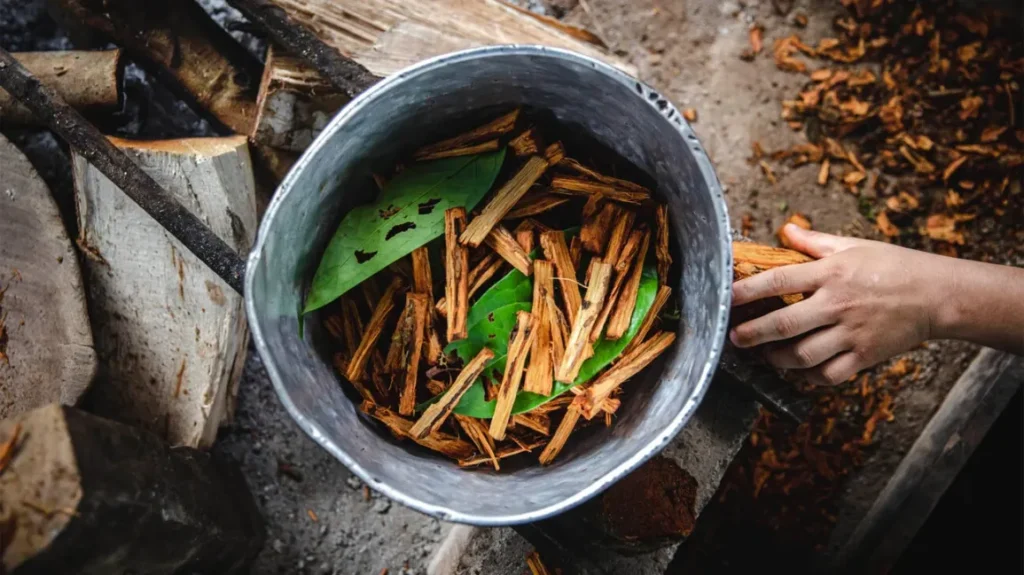
Ayahuasca represents a fascinating intersection of ancient wisdom and modern scientific inquiry. Its rich history, rooted in the indigenous cultures of South America, combined with its potential therapeutic benefits, has captured the attention of researchers, mental health professionals, and spiritual seekers alike.
As we continue to explore the potential of Ayahuasca and other psychedelic substances, it’s crucial to approach this powerful plant medicine with respect, caution, and an understanding of its cultural context. While the promise of Ayahuasca is exciting, it’s important to remember that it is not a magic cure-all, but rather a tool that, when used responsibly and in the right context, may offer profound insights and healing opportunities.
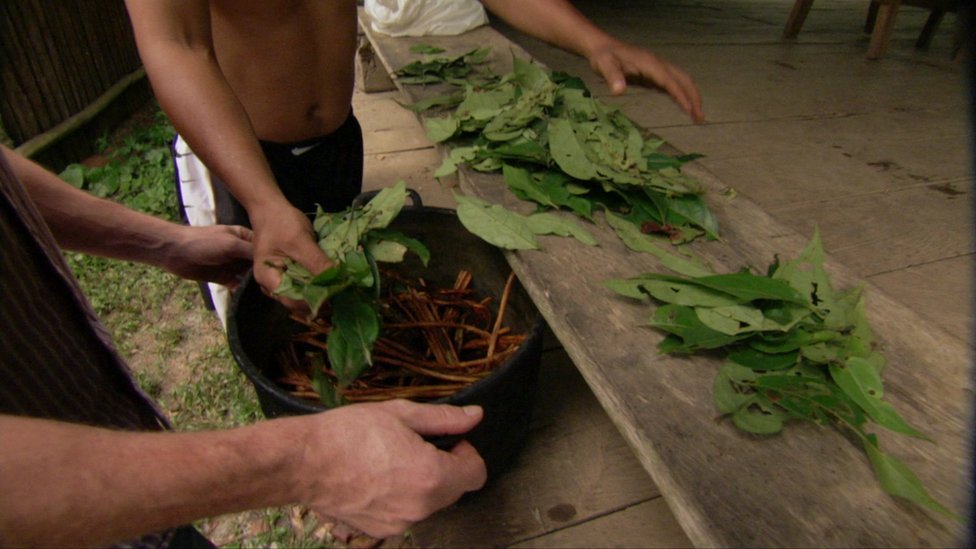
As research progresses and our understanding deepens, Ayahuasca may play an increasingly significant role in the fields of mental health, addiction treatment, and personal growth. However, it’s essential that this development occurs in a way that respects indigenous knowledge, prioritizes safety, and maintains the integrity of traditional practices.
Whether you’re a curious reader or someone considering exploring Ayahuasca personally, remember that this is a powerful substance that deserves thorough research, careful consideration, and utmost respect. As we continue to unravel the mysteries of the “vine of the soul,” we may find that ayahuasca has much to teach us about healing, consciousness, and our place in the natural world.
